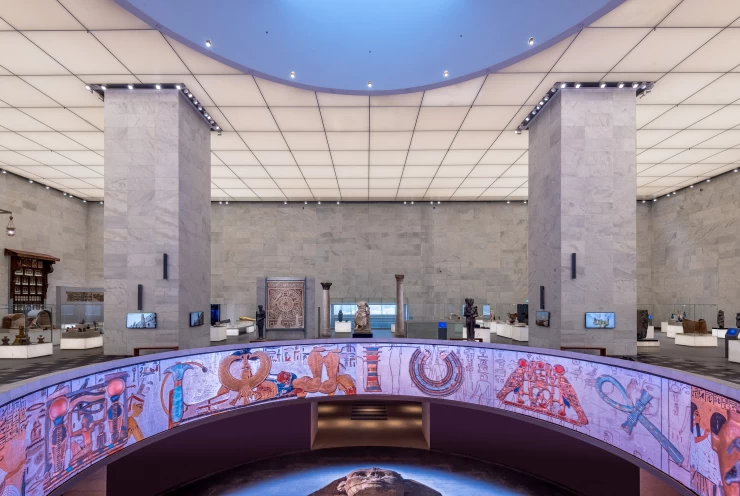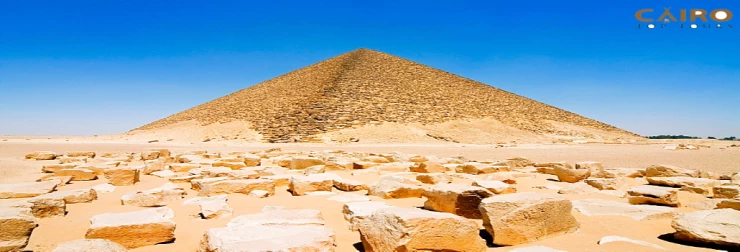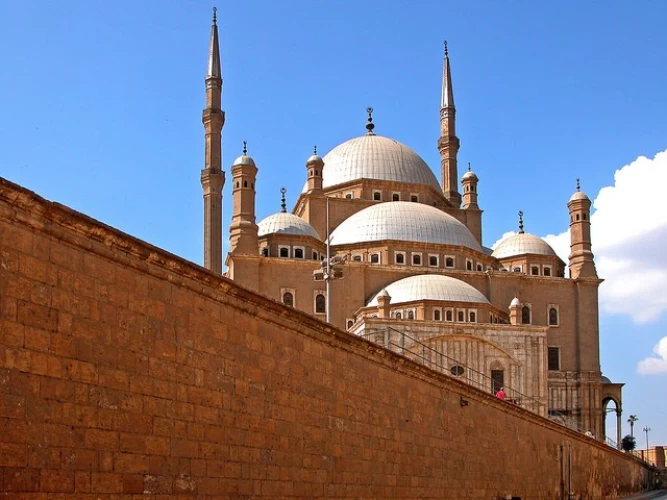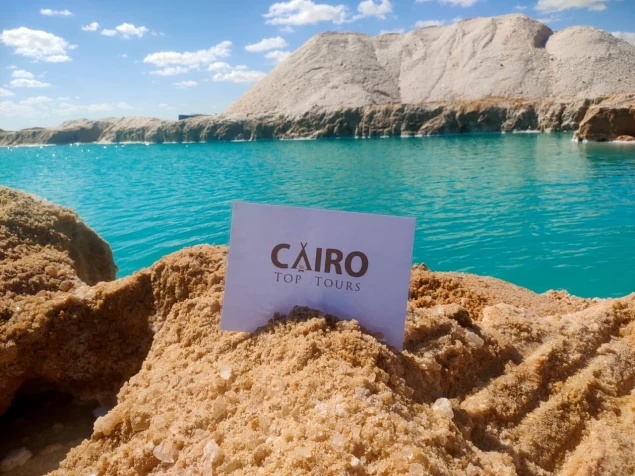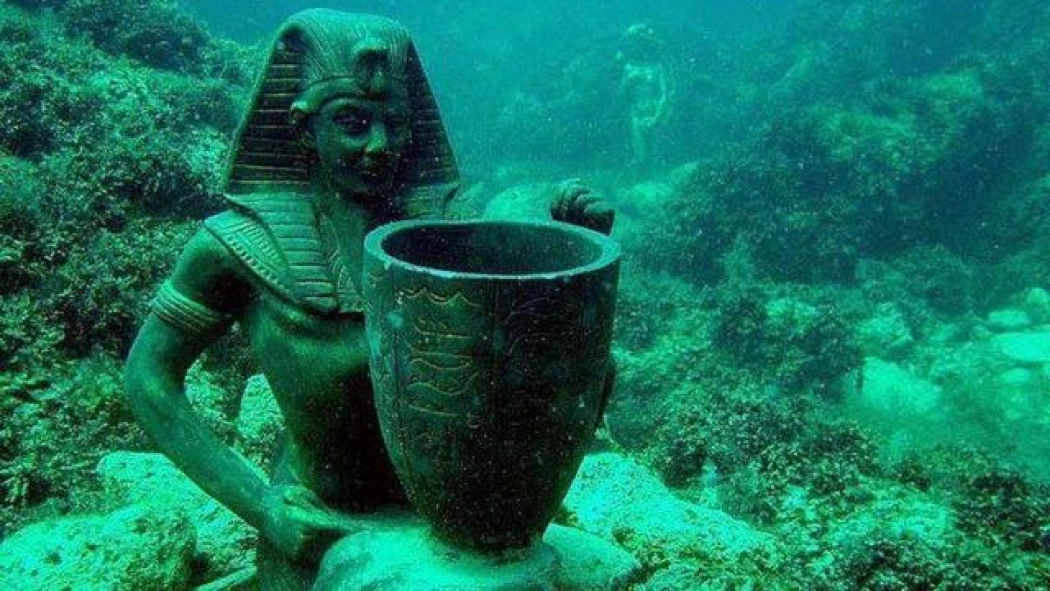
Know more about Abu Qir Bay
It overlooks the Mediterranean Sea and is 14 nautical miles away from the port of Alexandria, and the depths inside the port vary between 2 -11 meters. it is a fishing port and accommodates 409 ships. The average turnover is 526 tons of various species of fish. The port includes: The Dusuki Island Lighthouse is in front of the port at a distance of 109 nautical miles. The breakwater is 17 meters high. There are 8 chandeliers to determine the entrance and exit passage, and 2 chandeliers inside the port to determine the port boundaries. A passing route and matching signs are a front tower and a rear one.
History
The ancient Egyptians did not know the name Abi, but there was Canopus, the commercial port of ancient Egypt at which an ancient – now extinct-branch of the Nile River, It is worth noting that the number of branches of the river was seven, of which five dried up until the ninth century AD, and only the current Rashid and Damietta branches remained.
Sunken monuments
The appearance of Abu Qir Bay on the scene of sunken Antiquities operations began in 1930/ when a British pilot, Captain "Cole", recorded his observations of sightings while flying at low altitude over Abu Qir Bay; these sightings included a huge horseshoe-shaped formation under the sea surface.
This news reached the knowledge of one of the enlightened princes of the royal family, Prince Omar Tusun, who owned a huge fief around the Gulf and commissioned some engineers to locate these monuments. Tosun continued his interest in the ruins of the sunken Bay of Abi Qir, and he recovered the head of a white marble statue, which is on display at the Greco-Roman Museum in Alexandria, and discovered several piers and bases for red granite columns, locating one of the temples 240 meters from the coastline.
In his book "sunken civilizations", which is the first author in the Arabic language about sunken Antiquities, published by Dar Al – Maarif in 1965, Dr. Salim Anton says that not all of the archaeological story of Abu Qir has been told and that the waters of this region still retain many secrets; he says – in a clear tragedy – that these waters preserve the secrets of the antiquities they contain more faithfully – perhaps-than if these antiquities were recovered and left above the surface of the Earth exposed to the tampering of the tampering and looting looters.
Napoleon's sinking fleet
ABA QIR is a lucky area because it combines ancient monuments, and what can be called-figuratively-the modern monuments of Napoleon's fleet; the still waters of Aba Qir Bay opened – the area is known today as the Dead Sea - most of the ships of the fleet that transported Napoleon Bonaparte and his campaign to Egypt lie, as a big historically proven, the English sea Prince Horatio Nelson won and sank him in one of the most famous naval battles is the Battle of Aba Qir Bay or the Battle of the Nile as foreign historians call it. It is enough to review the number of ships on each side and the armament of each ship to conclude the size of the site and to make sure that the area is full of remnants of that battle, remnants that some archeologists do not count traces because it is not much more than two hundred years old.
The French fleet consisted of 13 ships, of which nine carried 74 guns each and three carried 80 guns each; the flagship Lorient had an armament of 120 guns. The English fleet also consisted of 13 ships, each with 74 guns. The English sank seven French ships, including the flagship Lorient, all lying under the waters of the Dead Sea, which may have received this name from being a cemetery for these ships, although most of us think that the name is contemporary and stuck to it after it became one of the most polluted bodies of water.. In the world! The search efforts for Napoleon's fleet began in 1965, with the participation of one of the Egyptian diving and antiquities enthusiasts, the late" Kamel Abu Saadat", the locations of three of the sunken French ships were identified: Lorient, Artemis and lacerior, in addition to two possible locations for two other ships. Also, in 1998, surveys of the site of the sunken fleet resulted in the discovery of 241 pieces of French, Austrian, Maltese and Islamic gold coins, in addition to more than 400 pieces of silver, copper and bronze coins along with a set of tableware used by the soldiers of the campaign, some military clothing and buttons from them.
officials thought about recovering the oriant rudder for restoration and display at the Maritime Museum, but they were hampered by the lack of technical capabilities necessary for rapid processing wood immediately after it came out of the water, so the thinking was to keep the rudder in place at the bottom, to be surrounded by a glass basin. The presence of thousands of objects of great archaeological and historical value in the sunken cities of Abi Qir Bay makes it very important to establish a maritime museum dedicated to Abi Qir to preserve its archaeological treasures.







